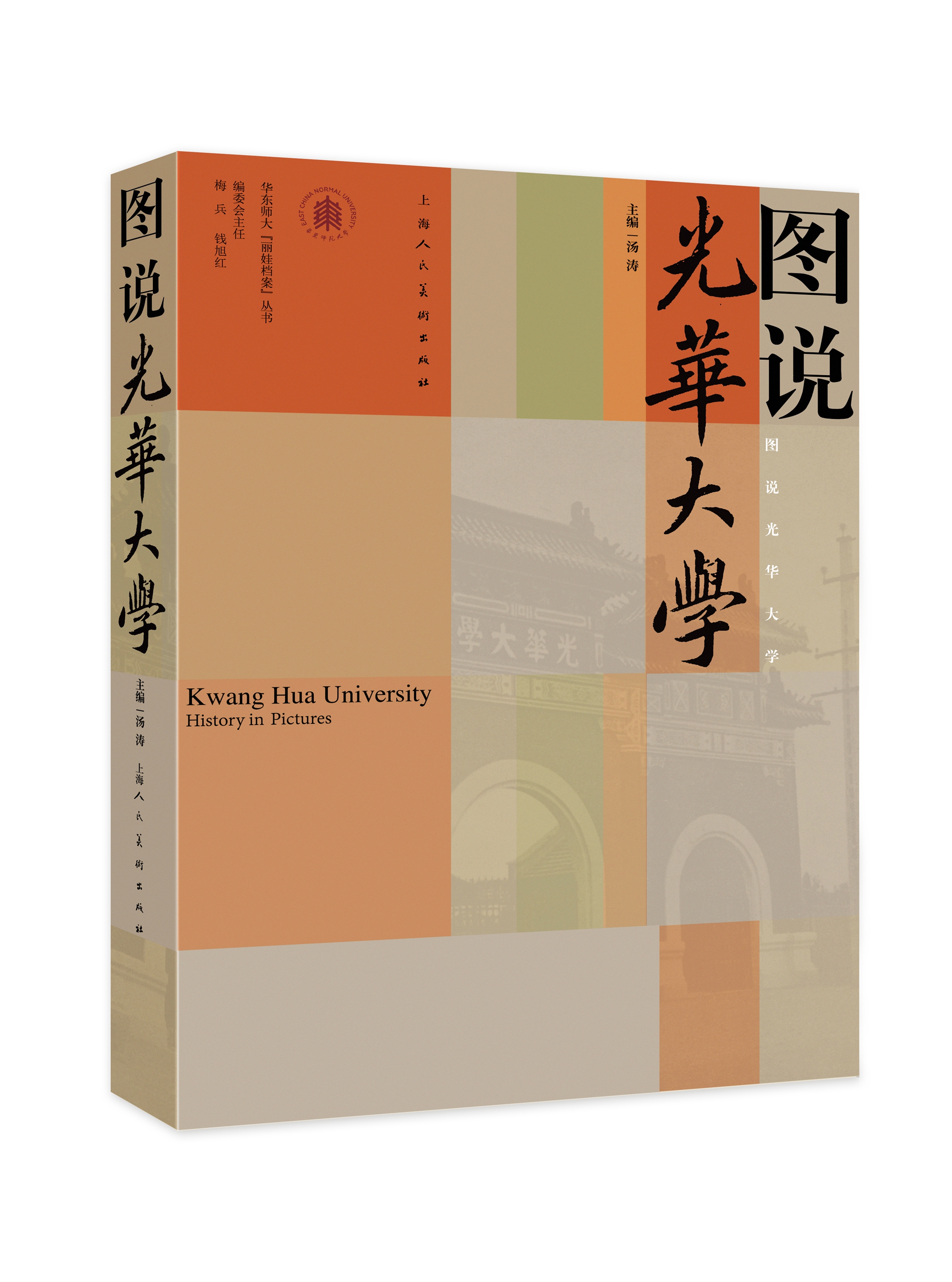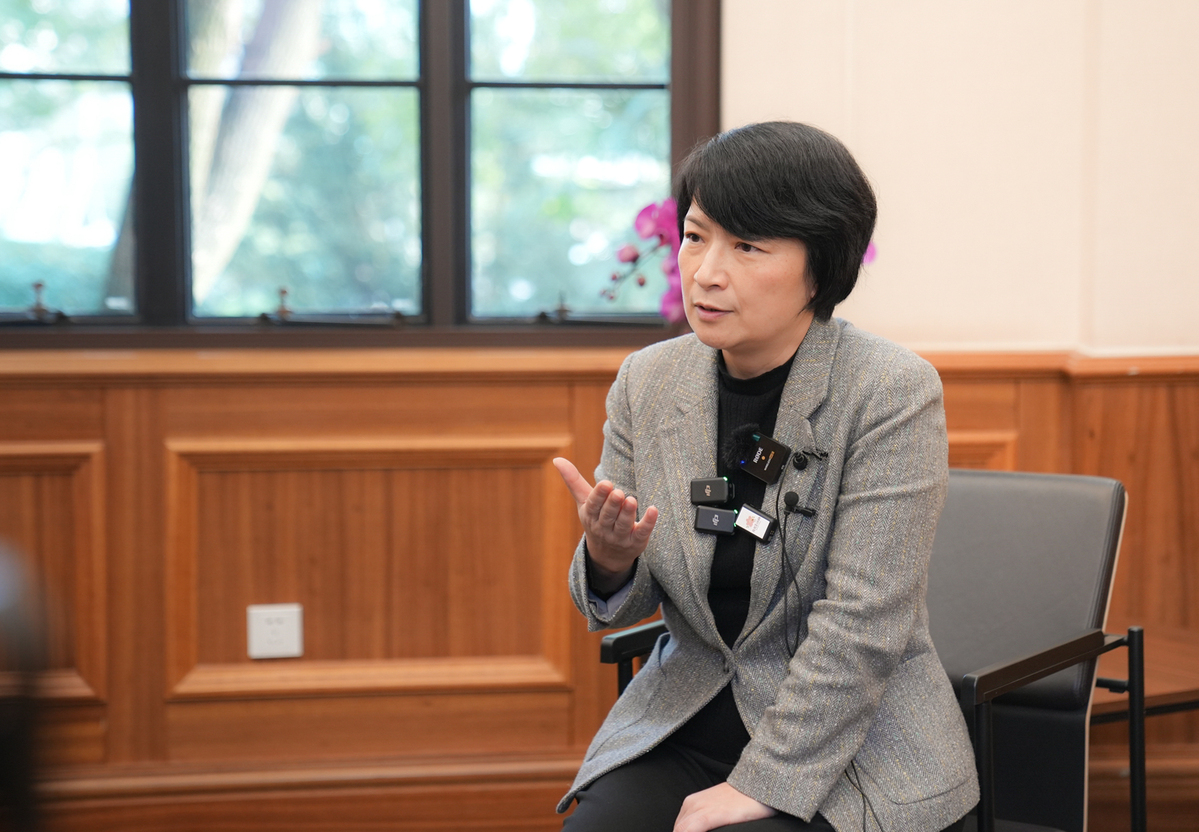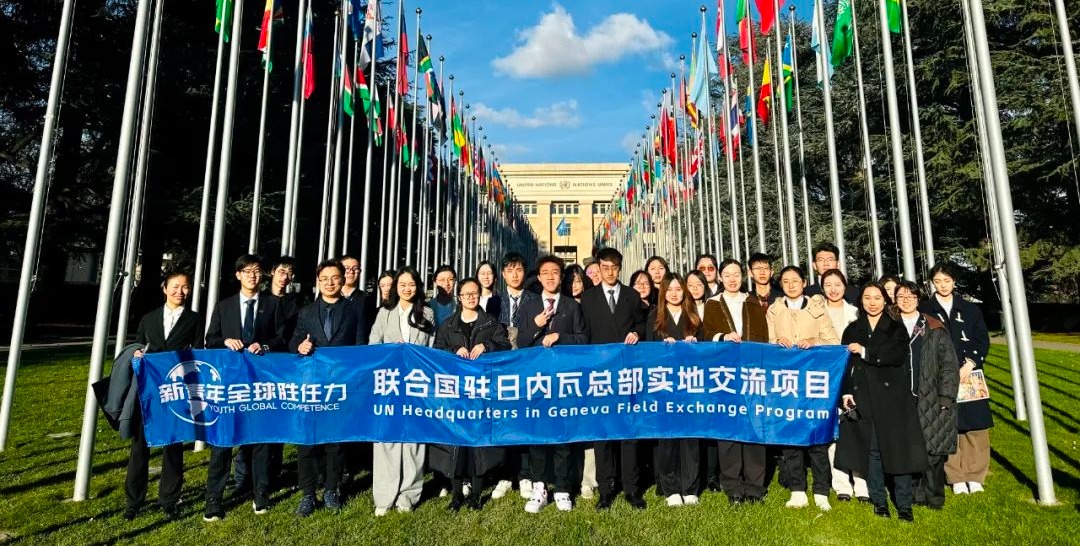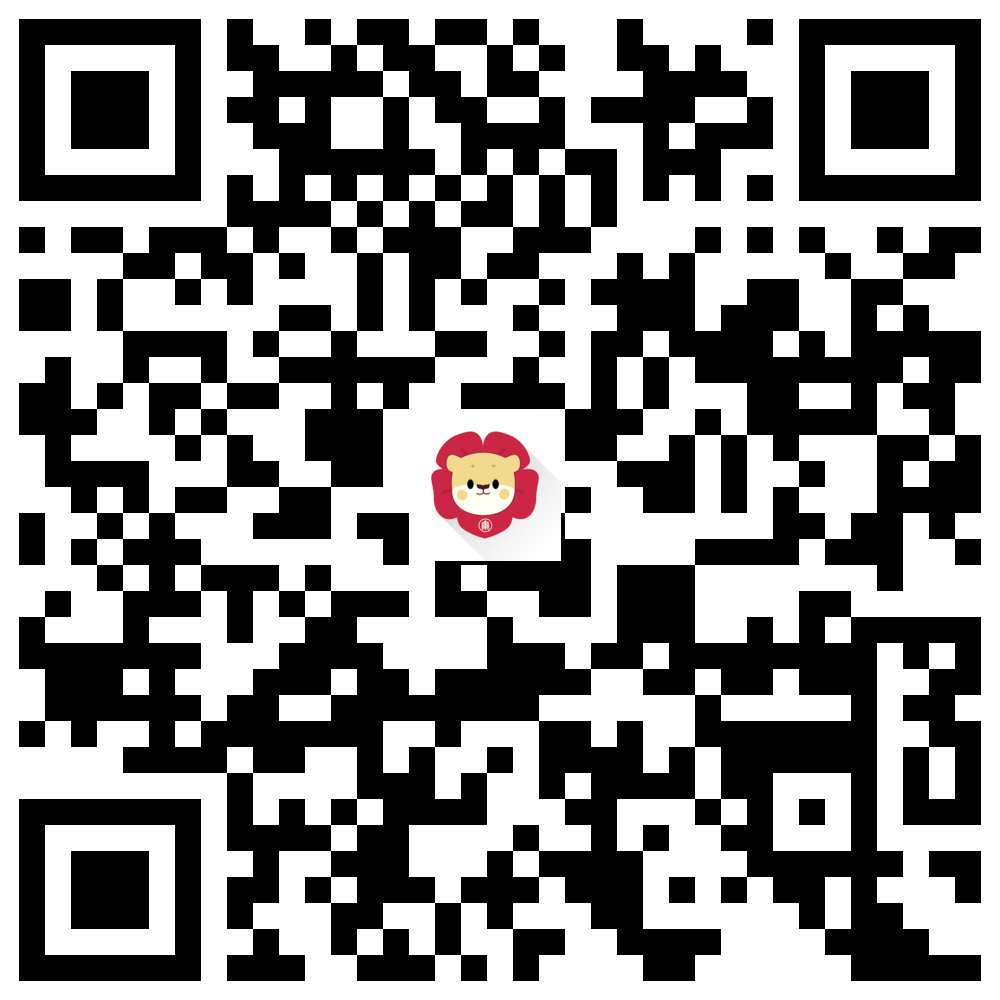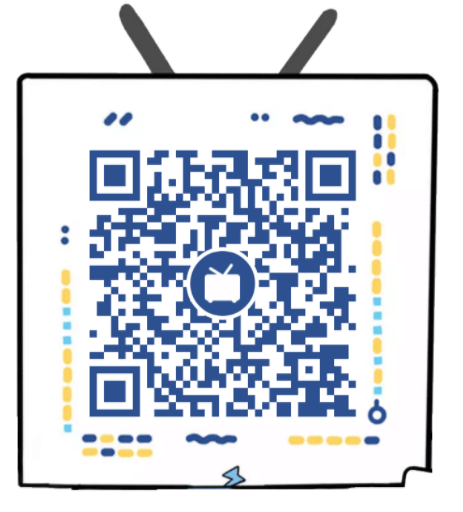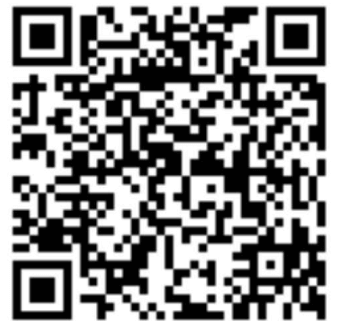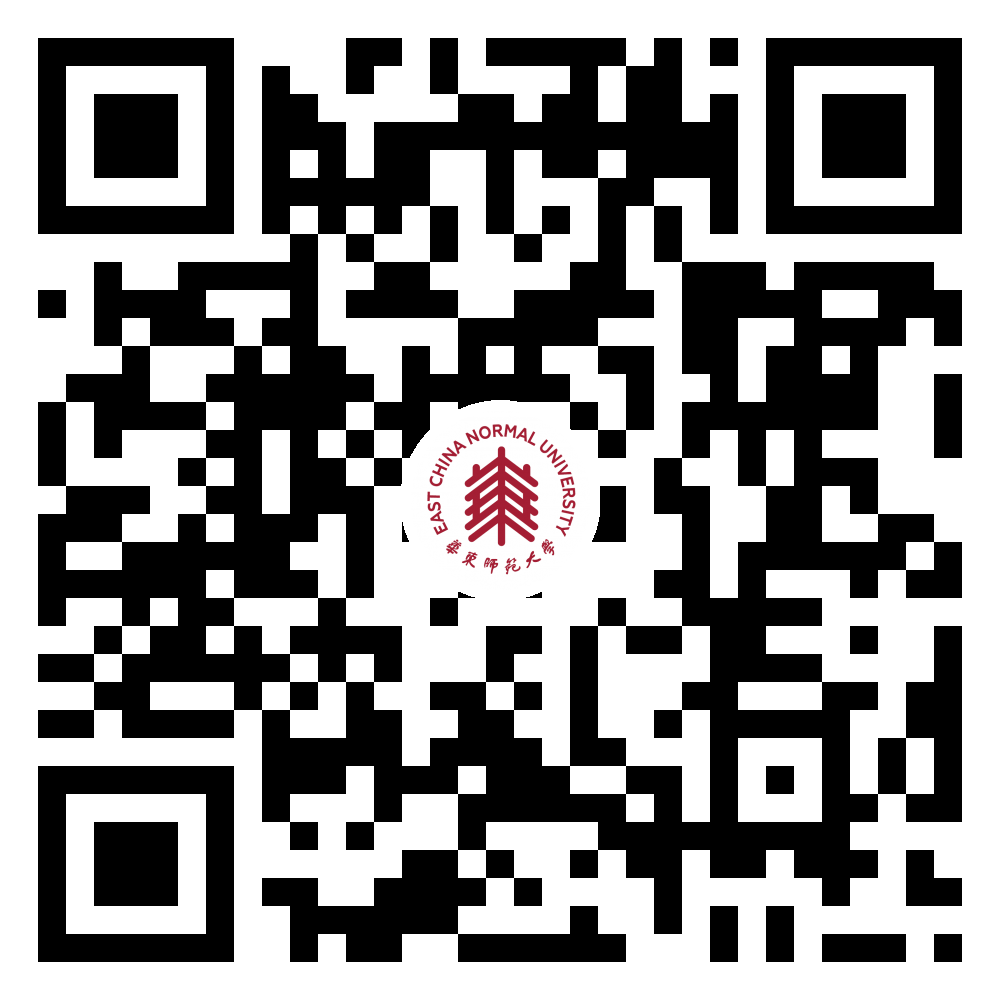Previous studies have shown that neurons in a monkey’s dorsolateral prefrontal cortex (DLPFC) integrate and maintain information across modalities throughout the delay period of working-memory (WM) tasks. However, the mechanisms of this temporal integration in the DLPFC are still poorly understood. In their recent study, Wang Liping and Li Xianchun, two associate professors from ECNU’s Schools of Psychology and Cognitive Science, helped to clarify the neural mechanisms by which the cerebral cortex stores information in working memory—a cognitive function of prime importance in the coordination of behavior, speech, and reasoning.
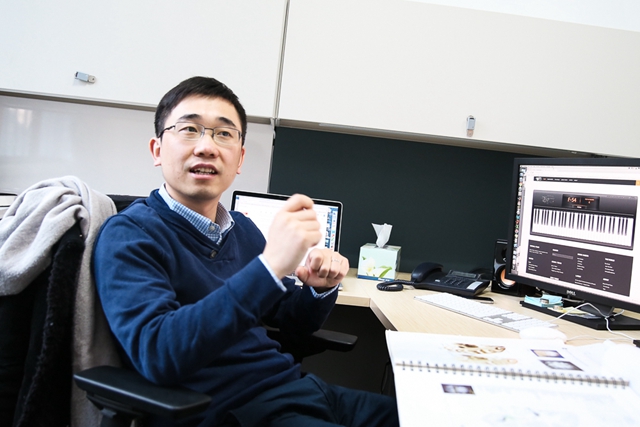
Wang Liping demonstrates their finding.
In their study, monkeys were trained to perform visuo–haptic (VH) crossmodal and haptic–haptic (HH) unimodal WM tasks. The neuronal activity recorded in the DLPFC in the delay period of both tasks indicates that the early-delay differential activity is probably related to the encoding of sample information with different strengths depending on task modality, that the late-delay differential activity reflects the associated (modality-independent) action component of haptic choice in both tasks (that is, the anticipation of the behavioral choice and/or active recall and maintenance of sample information for subsequent action), and that the sustained whole-delay differential activity likely bridges and integrates the sensory and action components. In addition, the VH late-delay differential activity was significantly diminished when the haptic choice was not required. Taken together, the results show that, in addition to the whole-delay differential activity, DLPFC neurons also show early- and late-delay differential activities. 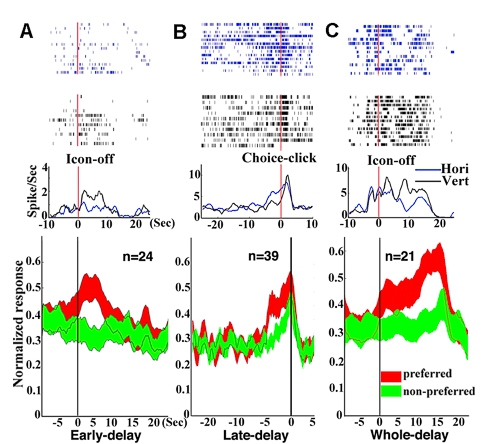
Early-, Late- and Whole-delay-period differential activity and grand average firing rate in the VH task.
The results indicate that neural networks in the DLPFC function sequentially in crossmodal tasks involving visual stimulus encoding and crossmodal information transferring between visual and tactile stimuli to the behavioral action.
On December 25, 2014, Wang and Li published their latest findings in PNAS with a research paper titled “Differential Roles of Delay-period Neural Activity in Monkey Dorsolateral Prefrontal Cortex in Visual-haptic Crossmodal Working Memory”.
The Proceedings of the National Academy of Sciences of the United States of America, usually referred to as PNAS, is the official journal of the United States National Academy of Sciences (NAS). PNAS is an important scientific journal that printed its first issue in 1915 and continues to publish highly cited research reports, commentaries, reviews, perspectives, feature articles, profiles, letters to the editor, and actions of the Academy.



